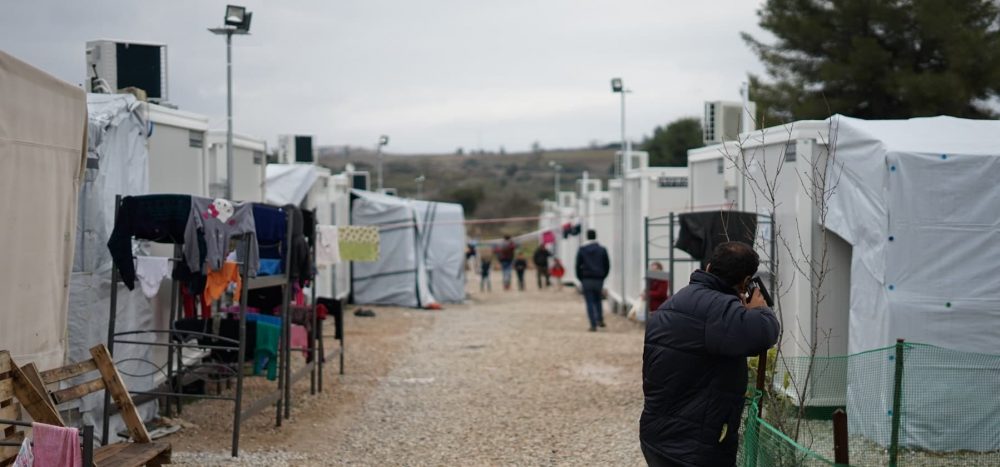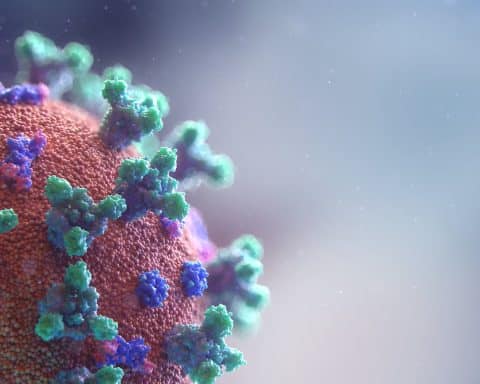Sarah Parkinson is an analyst at RAND Europe working in the area of innovation, health and science research.
Judith Smith is professor of Health Policy and Management, and Director of the Health Services Management Centre, at the University of Birmingham. She is also director of the BRACE Rapid Evaluation Centre.
Primary care networks (PCNs) were introduced across England in July 2019, bringing together groups of general practices, along with community providers, to develop new services for patients. These networks respond to a need for better integration of health and social care services and issues of sustainability in primary care.
Just as general practices across England were getting used to working together through PCNs, they had to confront and adapt to the changes presented by the COVID-19 pandemic that took hold in early 2020. It could be important for PCNs to think critically about how COVID-19-related changes affect the sustainability of primary care and integration with the broader health economy, and perhaps most importantly, how they affect staff and patients.
Over the summer of 2020, we talked to leaders from four PCNs across England to find out how their networks had responded to COVID-19, as part of an evaluation by the BRACE Rapid Evaluation Centre of the implementation and early development of PCNs , funded by the National Institute for Health Research.
We were told that, despite a rocky start amid personal protective equipment (PPE) shortages and confusion around government guidance for COVID-19 patients in general practice, PCNs and their local general practices mobilised rapidly and introduced measures to counter the outbreak. Here, we explore some of the new measures.
PCNs and their local general practices mobilised rapidly and introduced measures to counter the outbreak.
Designating practice duties
During the pandemic, many PCNs played a key role in designating practices to be part of ‘hot’ and ‘cold’ hubs, for the care of COVID-19 and non-COVID-19 patients, respectively. Networks also helped to coordinate the movement of staff and PPE between practices, seeking to protect patients and staff from the virus, with at least one network we spoke with prioritising staff for ‘cold’ sites based on their individual risk factors and preferences.
Streamlining communication between practices and with the wider system
PCNs helped to streamline communication between practices during the pandemic; networks established forums on video conferencing and social media platforms for general practice staff to consult one another about emerging issues such as staff shortages and changing government advice. Digital platforms have also been set up to aid remote working for staff, helping to transform the way that many GPs, practice nurses and other staff interact with patients.
Some PCNs also provided a single primary care point of contact for other parts of the local health economy. For example, network leaders reported COVID-19 planning meetings and coordination with local clinical commissioning groups, community health providers, acute trusts, home care staff and voluntary organisations to implement integrated responses to the pandemic. One primary care network reported that the creation of a general practice coordinator post helped communication with the acute sector and promoted learning across the network.
Planning for new forms of service delivery
Networks have similarly been central in planning new forms of service delivery during the pandemic. For example, some PCNs set up a centralised telephone system to route patient calls to a single point, where they could then be directed to self-care pathways, virtual or in-person appointments or hospital care depending on the severity of symptoms.
In setting up these systems, some PCNs worked with local acute care providers and clinical commissioning groups to implement appropriate processes to triage patients. PCNs also worked with bodies such as NHS Digital to accelerate access to digital general practice services, such as remote consultations for both COVID-19 and non-COVID patients.
Importantly, network leaders reported in our evaluation study that the pandemic has, at least for the time being, decreased bureaucracy and red tape, for example in enabling digital access to primary care and hiring new staff who are shared across practices.
The pandemic has, at least for the time being, decreased bureaucracy and red tape.
PCNs are contractually required to deliver a certain set of services to receive funding from NHS England and NHS Improvement, but COVID-19 has meant that some of these services have been suspended to give networks more capacity to respond to the pandemic. Network leaders we interviewed reported that despite this, they have been working to provide as many routine and extended general practice services as feasible.
The temporary decrease in demand for certain primary care services allowed some PCNs time to re-think how they might provide these services in the longer term, for example by encouraging some patients to engage in a greater degree of self-care, or to sustain on-line and phone consultations.
However, some practices also had to defer routine services such as B12 injections, baby checks and immunisations, leg dressings and cervical screenings during the pandemic. These changes raise questions around how patients’ health and care will be affected longer term, including for those not infected with the virus.
Is the ‘new normal’ a chance for transformation?
PCNs have stepped up to respond to COVID-19 and play a part in coordinating primary care at a local level. Some of the changes implemented with or by PCNs (and at the level of individual practices), such as having ‘hot hubs’ for patients with suspected COVID-19, will likely be temporary, but others, such as telephone and video consultations as an option for patients, will almost definitely remain post-COVID-19.
Some of the changes … will likely be temporary, but others, such as telephone and video consultations … will almost definitely remain post-COVID-19.
PCNs are still relatively new, and their trajectory is likely to be influenced by COVID-19-related adaptations they have made over the course of the pandemic. For example, the pandemic has – at least in some localities – fundamentally shaped the role of PCNs as a rallying point for other parts of the health and social care system, which may be cemented as standard practice even after the pandemic ends.
If PCNs are to remain effective throughout the pandemic and beyond, we need to ask: How can this closer collaboration across general practices influence the emerging NHS integrated care systems and what changes made during the pandemic will be worth keeping as primary care networks move forward? The answers to these questions could help shape the ‘new normal’ to which primary care returns.
Featured photo by Fabio Bracht on Unsplash









[…] commentary originally appeared on GP Life on November 11, 2020. Commentary gives RAND researchers a platform to convey insights based […]